PLASTIC FENCING
Plastic fencing, often made from materials like vinyl or high-density polyethylene (HDPE), is a popular alternative to traditional wood or metal fencing. Here’s a comprehensive overview:
Benefits
– Durability : Resistant to weather, moisture, and pests, meaning it won’t rot, rust, or corrode.
– Low Maintenance : Requires minimal upkeep; typically just needs occasional cleaning with soap and water.
– Aesthetic Variety : Available in various colors, styles, and textures, allowing for customization to fit different landscapes and preferences.
– Safety : Smooth surfaces reduce the risk of splinters and injuries, making it a good option for homes with children or pets.
Applications
– Residential Fencing : Used for backyard enclosures, pool areas, and decorative borders.
– Commercial Use : Suitable for perimeter fencing around businesses, parks, and recreational areas.
– Agricultural Fencing : Can be used for fencing livestock or garden areas, although it’s less common for larger animals.
Considerations
– Cost : Initial costs can be higher than wood, but the long lifespan and low maintenance can make it more economical over time.
– Temperature Sensitivity : Some plastic fences can become brittle in extreme cold or may warp in high heat.
– Environmental Impact : While some plastic materials are recyclable, the production and disposal of plastic can have environmental implications. Look for options made from recycled materials when possible.
Plastic fencing offers a versatile, durable, and low-maintenance option for a variety of fencing needs, making it an appealing choice for homeowners and businesses alike.
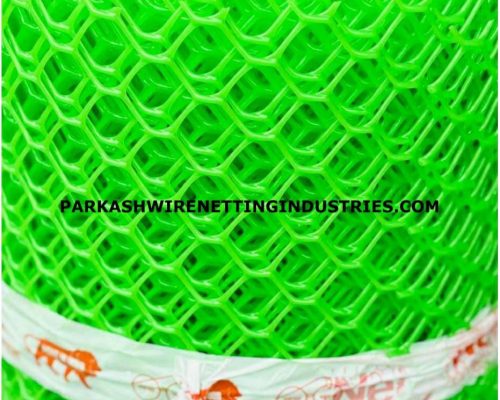
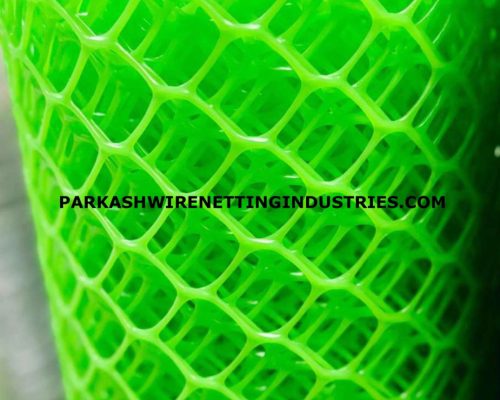
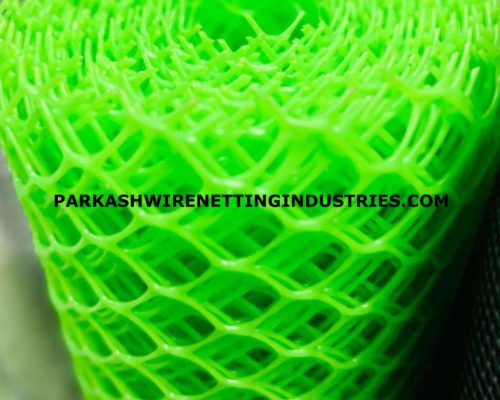
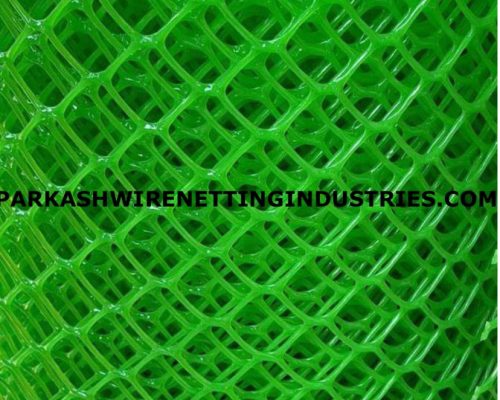
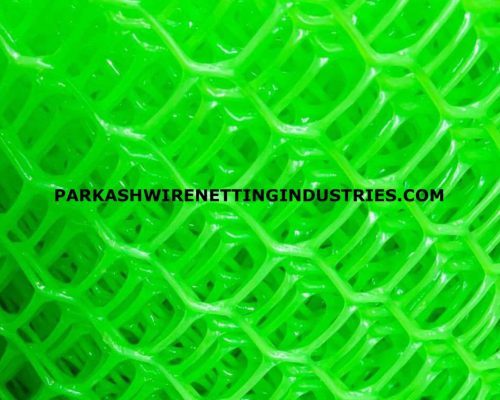
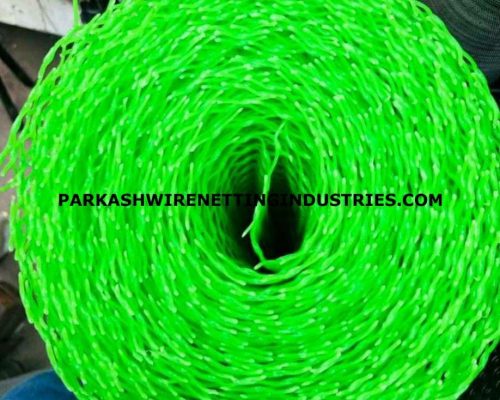
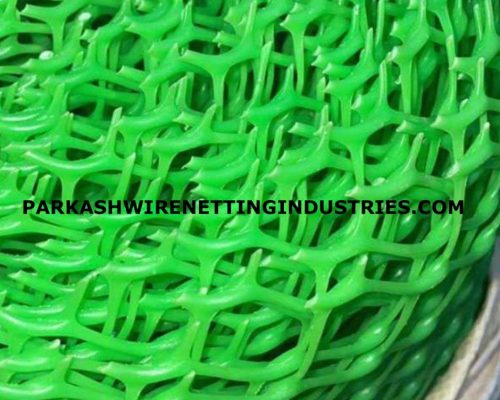
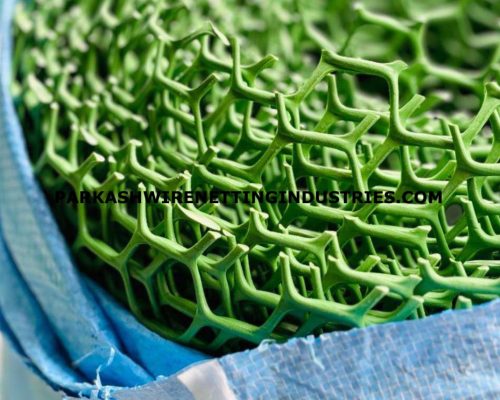
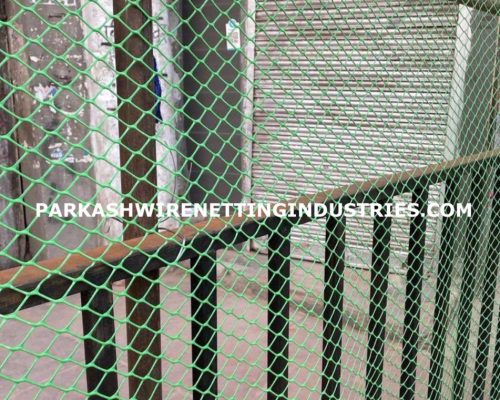
- Plastic fencing is an option that more and more people are making for their homes, companies, and public areas because of its adaptability, toughness, and low maintenance needs. Plastic fencing is constructed from premium synthetic materials, like vinyl or PVC, as opposed to conventional wood or metal fencing. These materials have numerous advantages that make plastic fencing the better choice for a variety of applications.
2. The longevity of plastic fencing is one of its biggest benefits. Rain, snow, and strong sunlight are just a few of the extreme weather conditions that plastic fences are made to resist without deteriorating or losing their structural integrity. Plastic fencing is solid and unbroken, guaranteeing that it will continue to offer protection and aesthetic appeal for years to come. This is in contrast to wood, which can warp, break, or decay with time. Furthermore, termites and other insects that can seriously harm wooden fences are not able to penetrate plastic fencing. Plastic fencing is an investment that lasts a long time because of its resilience to pests and environmental variables.
3. Compared to other forms of fence, plastic fencing is comparatively simple to install. A lot of plastic fence systems have portions that are pre-assembled or have interlocking panels, which makes installation easier and faster. Because of its simplicity of installation, plastic fencing can be installed for less money overall and need less manpower.
4. From an environmental perspective, plastic fencing can be an eco-friendly choice. Many plastic fences are made from recycled materials, and because they last longer than wood or metal fences, they reduce the need for frequent replacements. Additionally, some manufacturers offer recycling programs for old plastic fencing, further reducing its environmental impact.
